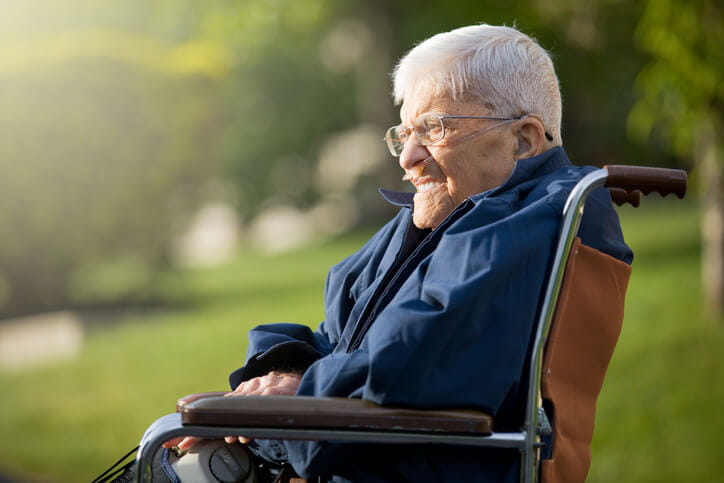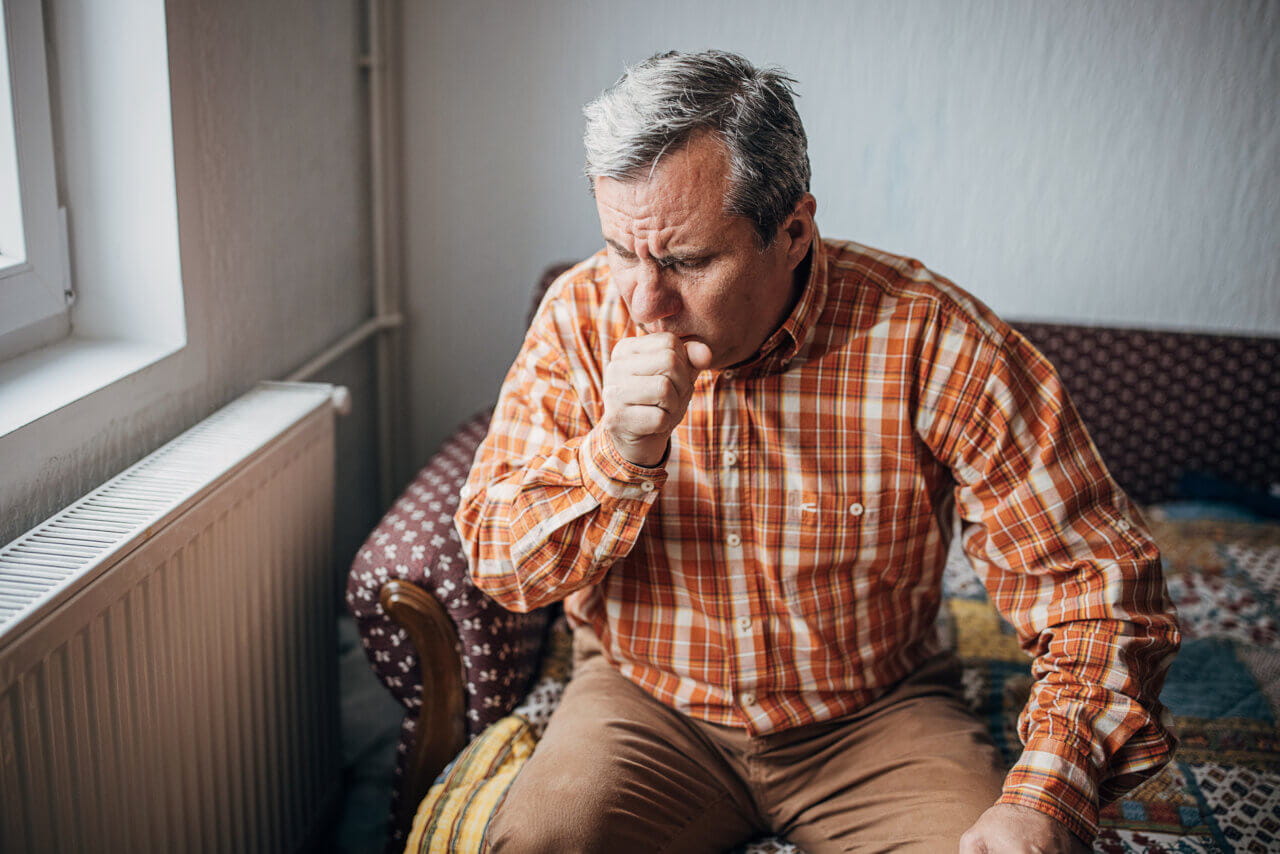Emphysema vs. Chronic Obstructive Pulmonary Disease (COPD)

Chronic obstructive pulmonary disease (COPD) is the name for a group of lung conditions that includes emphysema and chronic bronchitis. People with COPD can have one disease, the other or both. These conditions make it harder to move air out of the lungs. COPD is the third leading cause of death in the U.S. It’s estimated that 30 million people in this country have either been diagnosed with COPD or have it but haven’t been diagnosed.
People sometimes mistakenly use the terms emphysema and COPD interchangeably, but the relationship between the two is correctly summarized in the statement that, “Everyone who has emphysema has COPD, but not everyone who has COPD has emphysema.” That’s because the form a person’s COPD takes may be chronic bronchitis and not emphysema.
Understanding Emphysema
Emphysema is a disease that causes irreversible damage to small air sacs in the lungs, called alveoli. Like clusters of tiny balloons, alveoli inflate and deflate as you inhale and exhale. The capillaries in their walls enable the transfer of oxygen into the bloodstream and carbon dioxide out of the bloodstream.
With emphysema, the walls of the alveoli weaken and lose their ability to contract and force air out of the lungs. In addition, the walls can rupture, creating one larger space to hold air where before there were many smaller spaces. This decreases the surface area available for the transfer of oxygen and carbon dioxide and makes the lungs work less effectively.
Smoking is the leading cause of emphysema. However, long-term exposure to other airborne irritants can be a factor as well. In some cases, emphysema can be caused by a rare inherited deficiency of a protein Alpha-1 antitrypsin.
COPD Symptoms
Unfortunately, COPD symptoms don’t appear until considerable damage has been done to the lungs. They include:
- Shortness of breath
- A chronic cough, often with mucus
- Wheezing
- Tight sensation in the chest
- Blue tint in the lips and/or nail beds
- Fatigue
- Unexplained weight loss
- Frequent colds and other respiratory issues
- Swelling in lower extremities
Symptoms like breathlessness and whistling in the chest tend to be first noticed during physical activity.
Treating Emphysema and COPD
Lung damage from emphysema can’t be reversed. However, there are treatments that can reduce the potential of further damage. In particular, doctors look to treat, and ideally prevent, what are called exacerbations. These are periods when the disease flares up and causes additional damage to the alveoli. People who have two or more exacerbations per year have a more rapid decrease in lung function.
Treatments can include bronchodilators, inhaled steroids, antibiotics to control infection and supplemental oxygen therapy. In rare instances, lung volume reduction surgery is performed to remove damaged lung tissue, or a lung transplant may be required.
Lifestyle changes can also help slow the progression of the disease and improve a person’s quality of life. These include quitting smoking, getting regular exercise, eating a healthy diet, avoiding air pollutants and using hydration and controlled coughing techniques to clear mucus from the airways.
Respiratory care is provided by registered or certified respiratory therapists and respiratory technicians licensed in the Commonwealth of Kentucky or state of Indiana. Respiratory therapists work under the direction of physicians to monitor and treat your lung disease in all areas of the hospital. They work with patients of all ages, from premature infants to elderly adults. Respiratory therapists at Baptist Health are important members of your health care team and work with doctors and nurses to help meet the health care needs of our patients.



